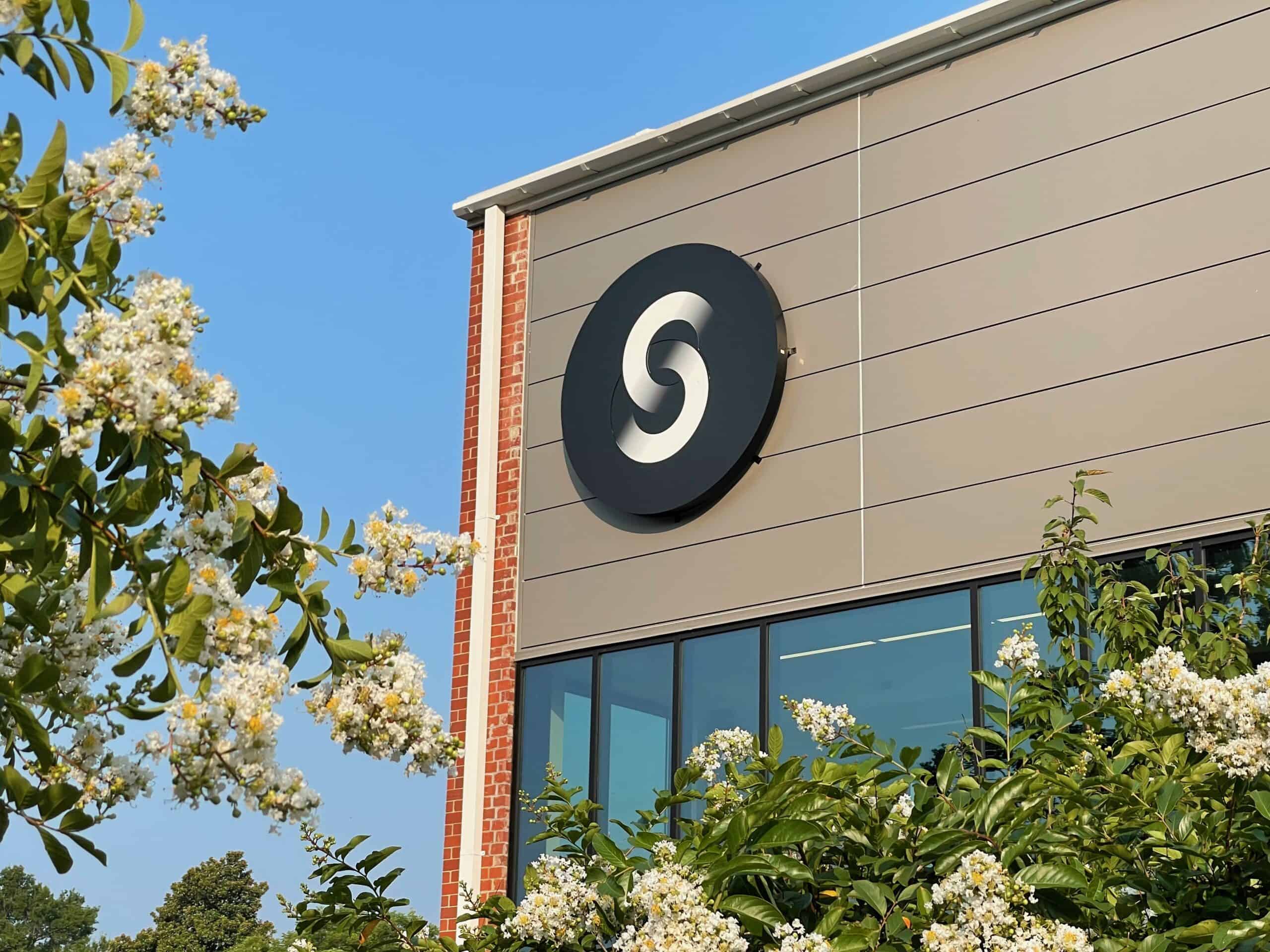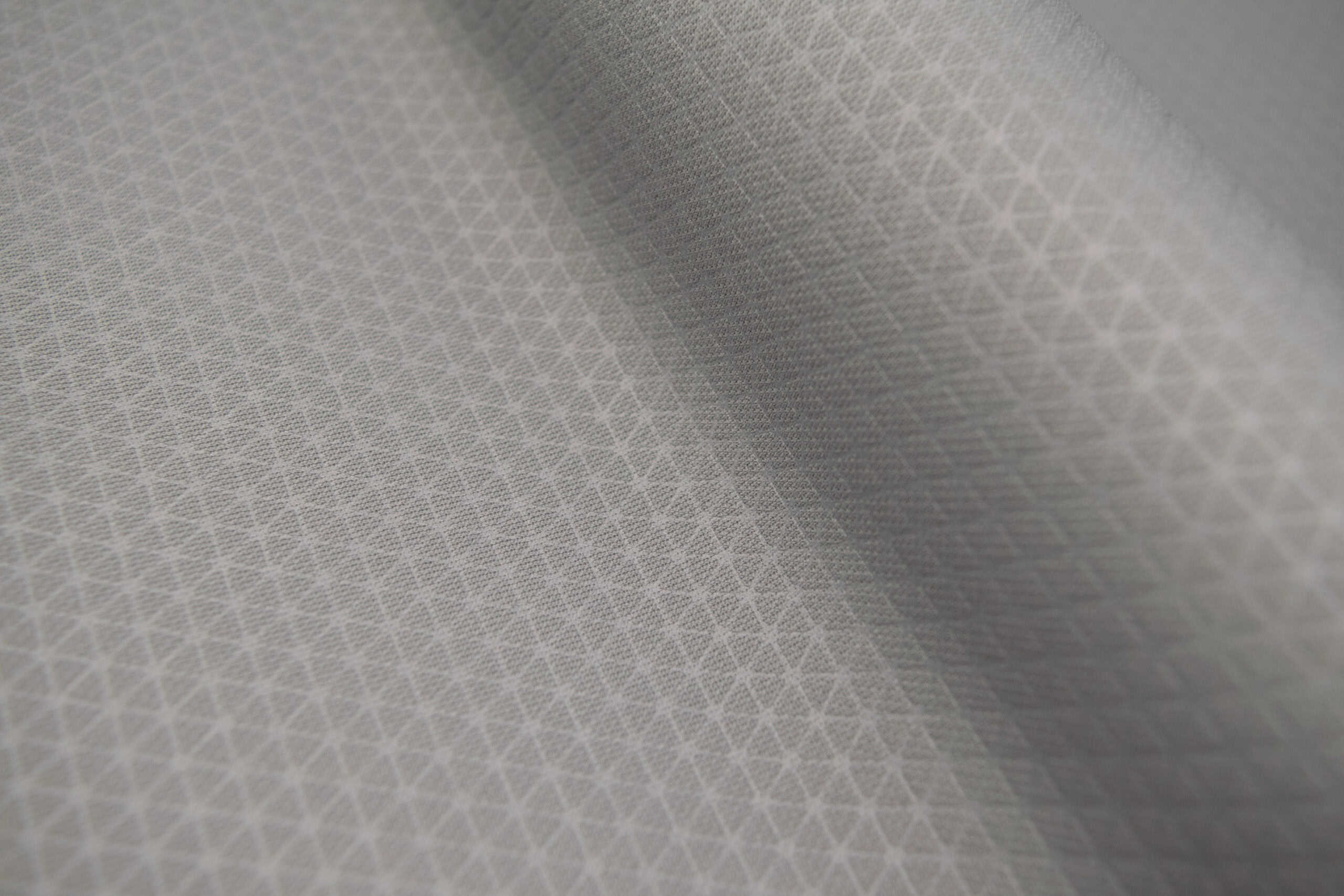As the pandemic and other infectious diseases circle the globe, medical costs skyrocket, and the flow of waste from single-use PPE continues to swell, it is crucial to look for medical textiles that offer improved protection, better cost, and minimized environmental impact.
The Debate: Disposable vs. Reusable Medical Gowns
Over the years, disposable textiles have become the most popular choice for medical gowns in the US. Healthcare systems use ten times as many disposable gowns as reusable. Still, due to increasing environmental concerns surrounding the waste created by disposal PPE, reusable gowns have taken hold in Europe. Why has the US continued to favor disposable medical gowns vs. reusable medical gowns? The short answer: cost. Price has been the prevailing reason many in the healthcare market choose disposable gowns despite growing environmental concerns. For instance, some critics cite figures such as a $13 American- made reusable isolation gown vs. a 50 cent Chinese disposable isolation gown as a driving force behind our country’s over reliance on offshore PPE.
Usually, reusable isolation gowns have come in woven polyester fabric varieties. But there are advantages of using laminates vs. woven polyesters for reusable isolation gowns if you have the experience to create a versatile material and textile for reusability.
Reducing Fabric Weight to Reduce Costs and Improve Performance
In developing our medical gowns and barrier fabric products, we invested in material and process transformation to compete on price effectively. Our laminate-based reusable medical gowns reduce the barrier fabric’s weight by two-thirds of existing laminates (with a 50% total reduction in weight). This weight reduction makes it easier for frontline and medical workers to wear these for extended periods. And this reduction in weight is actually accompanied by greater barrier protection, relying on a full monolithic material with better integrity to withhold pressure (in the seams and the gown body). The best part? There’s no re-charging required (the need to re-treat the gown at every laundering with water-resistant chemicals). Overall, this means a better level of protection and longer reusability and life for the medical gown.
A Faster, More Cost Competitive Process
Our engineering team also played a key role in helping us achieve a better and more cost-competitive medical gown and barrier fabric offering by developing a process that manufacturers more products, faster. Our lamination process is faster at 40-50 yards per minute vs. two inches a minute, typically, for woven medical textile barrier fabrics. Instead of sewing, we use a welding process for our laminated fabric medical gowns, so we have a lower cost of fabrication and a lower cost of labor which translates to manufacturing savings at one-eighth the cost of what a woven medical textile or barrier fabric product may usually cost. It’s even customizable down to the wrist with a knit cuff, elastic around the sleeve, and thumb loop options. And if you’re looking for full Berry Amendment Compliance, we have options to produce domestically.
Customized Reusability, Sustainability
And let’s not forget sustainability. With the lighter weight of our reusable laminated isolation gowns, you can wash more gowns in a commercial washer than the heavier poly woven gowns, saving on water, cost, chemicals, and process times per gown. This also translates into a lower cost-to-use dollar amount to a comparable woven gown and gets near the cost-to-use of a comparable disposable gown. The traditional cost-per-use of a disposable gown stops at the acquisition price, and does not take into account the cost of medical waste disposal of disposable gowns, which adds up quickly in reality. The bottom line is that a reusable gown is always better for Mother Earth and your pocketbook.
It’s been exciting to leverage our storied lamination background to improve and innovate isolation gowns. Our gowns offer customers numerous benefits including better protection levels, lighter weight and better comfort levels, easier process treatment, and reusability and sustainability, but we’re just getting started. Keep it locked to this space as we continue to innovate in the PPE vertical as a new medical gown and barrier fabric manufacturer.




